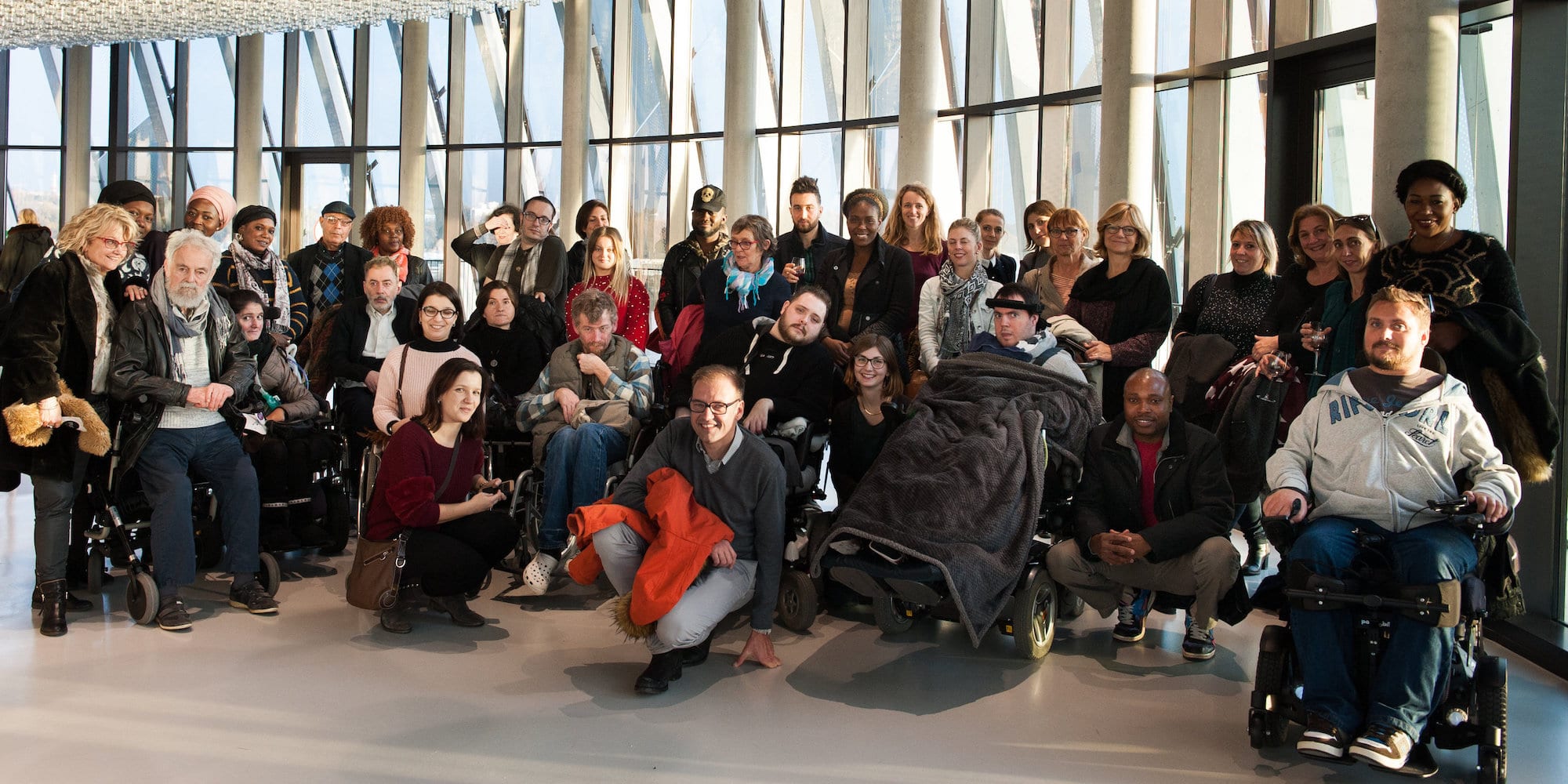
Lowdown on lean management principles applied to healthcare
RESEARCH - In the last 10 years lean has made its way in many hospitals and healthcare systems, often with impressive results. Professor Dan Jones looks back at the lessons learned throughout the decade.
Words: Daniel T Jones, Chairman, Lean Enterprise Academy
Although lean was born in Toyota in the 1950s and 1960s, it was not until after 2000 that the first hospitals in the USA, Europe and Australia began to explore it. These pioneering organizations came together to share their stories at the first Global Lean Healthcare Summit in the UK in 2007, which in turn triggered many more experiments around the world. Since then, interest has grown very rapidly.
We have now a great opportunity to learn from all kinds of healthcare examples where lean has made a significant difference, from clinics and departments through to whole hospitals and even whole healthcare systems. But not all initial experiments were successful or sustained, and we are still a long way from making lean a widely recognized way of working across the healthcare industry.
Moreover, the challenges healthcare providers around the world face are far from being overcome. Ageing populations and unhealthy lifestyles are boosting the demand for healthcare faster than the growth of incomes and tax revenues from the middle classes. Additionally, we recognize that the quality of healthcare delivery has not improved as fast as the quality of other products and services in the economy. It is therefore not surprising that more and more healthcare professionals are looking at lean.
But what are the lessons that we can learn from the first decade of lean in healthcare?
First of all, it is now clear that lean can deliver better quality (and safety) and a better patient experience (less queues and rework) while at the same time making better use of existing resources (to treat more patients) and improving the work experience of staff (less frustration and stress).
Although the argument that "we don't make cars" is true, the operational challenges hospitals face are actually not so different from those manufacturing or service organizations have to deal with. In healthcare, the language and the tools are certainly different and the patient directly experiences the process, but when it comes to lean the evidence-based approach is exactly the same.
Lean uses the same scientific method to diagnose and treat organizational problems as doctors use to diagnose and treat medical conditions.
Secondly, what distinguishes lean is its focus on developing the capabilities of the front-line teams (doctors, nurses and support staff) to manage and continuously improve their work. This begins as teams learn to create stability and standardize their work as a baseline for improvement, and deepens as they practice using the scientific approach to address the issues that interrupt and distract them from caring for patients.
Repeated practice in solving today's problems enhances people's ability to see and to solve tomorrow's problems, which leads to a virtuous circle of continuous improvement. It also results in highly motivated employees who feel a strong sense of ownership of "their" improvements.
Individual and team based learning is therefore the key focus of lean. We now know these problem solving skills are learnt through daily practice and not just from classroom training in lean tools or occasional kaizen workshops. These skills are best nurtured and sustained by team leaders and line managers supported by coaches and not by delegating the implementation of lean to external or internal consultants. Improvement teams so often end up fighting fires for top management, which reignite soon after they go off to fight the next fire.
A third lesson learned is that to significantly improve the experience of patients and to deliver better hospital performance these islands of improvement need to be joined together along the patient journey from admission to discharge and beyond. As we map patient flows through healthcare systems we see all the handoffs and delays and interactions with support services that need to work together to enable the patient to move to the next step in their treatment journey. Mapping the flow of value in an organization or system also allows managers to see, for instance, that unless attention is paid to the timely discharge of patients, improving the admission process will only lead to longer queues waiting for beds. It also highlights the need for primary care and hospitals to work more closely with rehabilitation and social care in the community.
The key to managing patient flows is to make them and the work visible. This begins on admission as the team establishes a plan for all the expected steps right through to discharge for each patient. Displaying this on a whiteboard (rather than hiding this in a computer) helps the team to see whether the planned steps were completed on time and captures the reason for the delays. Action can then be taken to get back on track. But recurring interruptions signal the need for the team to diagnose and address the root causes of the problem rather than jumping to a solution and blaming others. Collecting the status of patients that are nearly ready to go home every two hours on a central Visual Hospital board helps to trigger the necessary actions to ensure they go home on time in order to free up enough beds for incoming patients. Management at all levels can also see the current status of the hospital at a glance (more on this on Mark Baker and Ian Taylor's Making Hospitals Work).
My fourth reflection is that it has become clear that supporting front-line improvement activity and the visual management of patient flows presents new challenges for senior management (see Kim Barnas' Beyond Heroes). Managers need to spend time at the front-line understanding the issues, eliminating obstacles, challenging teams and coaching problem solving. Perhaps the biggest challenge is learning how to manage by asking questions rather than telling subordinates what to do, which takes the responsibility for learning what could be done away from them – as John Shook taught us in Managing to Learn. In this way managers learn to see the bigger, underlying issues by helping the front-line learn to solve their problems.
The lean way to free up managers' time is to use a visual strategy planning process to establish the key objectives for the organization and to conduct a structured dialogue up and down the organization on proposed actions to achieve them. As a result resources and energies are focused and aligned through a visual process reaching right down to the front-line. Using the same visual system for monitoring progress and managing deviations gives management the confidence that these vital few objectives will be achieved. This in turn dramatically cuts the number of projects and meetings that waste so much of managers' time. Building this visual management system and the very different behaviours that go with it takes time. This is why hospital boards also need to understand the importance of continued support for lean in appointing the next CEO.
We have certainly come a long way in learning how lean can help healthcare, but we are still at the beginning of a long journey to realize the full potential of lean as a management system and as a framework for designing the healthcare delivery systems of the future.
Until recently most of the experiments with lean in healthcare have been in big hospital complexes, often with considerable external support from consultants. However, lean healthcare will only come of age when we have a simple do-it-yourself method that smaller hospitals and clinics can follow on their own with minimal mentoring from experienced advisors. The impressive example set by the Consorci Sanitari del Garraf near Barcelona points the way to such a method. Their story can act as a catalyst in helping other hospitals in Catalonia and Spain to follow their example. I am working with Planet Lean to develop new material on the Garraf case study, but in the meantime you can take a look at these links: here is a case study on the hospital, while here the CEO shares a few thoughts.
Improving the performance of existing hospitals and healthcare systems is also the foundation for thinking about designing next generation lean healthcare systems.
Very interesting experiments are under way in Saskatchewan, Canada using the lean Production Preparation Process approach (3P) to design new hospitals. This involves teams of front-line staff and patients mapping all the flows through the hospital (of patients, doctors, tests, drugs etc.) in order to design an ideal room layout and to build full-scale mock-ups of key rooms. Once this process knowledge is captured then architects and contractors can work out exactly how to build the new hospital. As a result they are not only reducing the footprint and capital cost of the new hospital but also significantly reducing the running cost over the 40-year life of the building.
What is striking about lean is its ability to touch people and give them hope that they can improve their work in caring for patients. When they describe with real pride the problems they have already solved and what problems they plan to tackle next you know they will continue down this journey. The challenge now is to encourage more and more management teams to mobilize and support these armies of problem solvers.
THE AUTHOR

Read more



INTERVIEW - Anton Ulanov is the CEO of one of the largest agricultural businesses in Russia. He talks with PL about the application of lean at Agroholding Kuban, discussing the wider challenges and opportunities for lean in agriculture.


NOTES FROM THE GEMBA – This French company provides support to the severely disabled, and is currently using lean thinking to limit employee turnover and recruit faster.


FEATURE – By using lean management, the Hospital São Francisco (HSF) near São Paulo, Brazil, has improved its ability to deal with dengue epidemics – treating patients more quickly and efficiently.


RESEARCH – Human behavior tends to make change even harder to attain than it already is. This brilliant research paper looks at change from a psychological, technical and leadership point of view.

